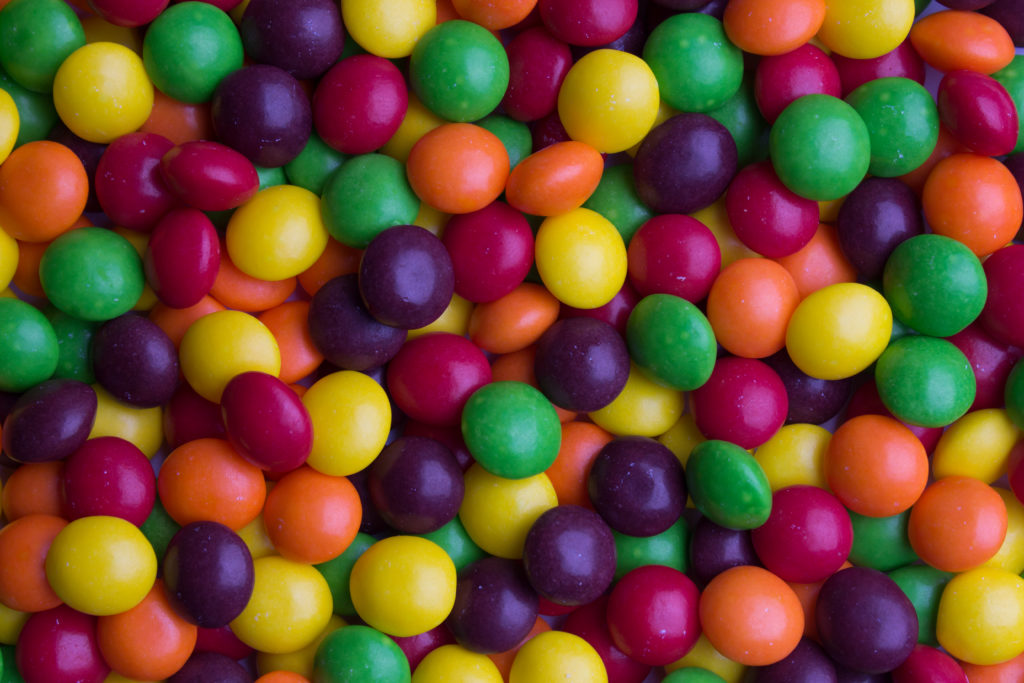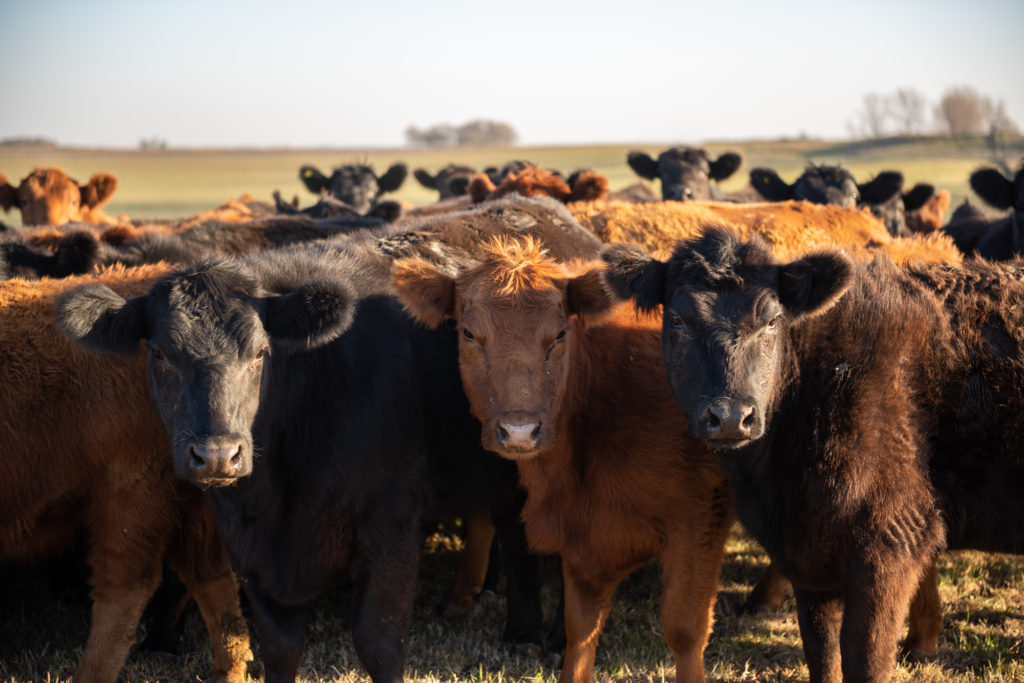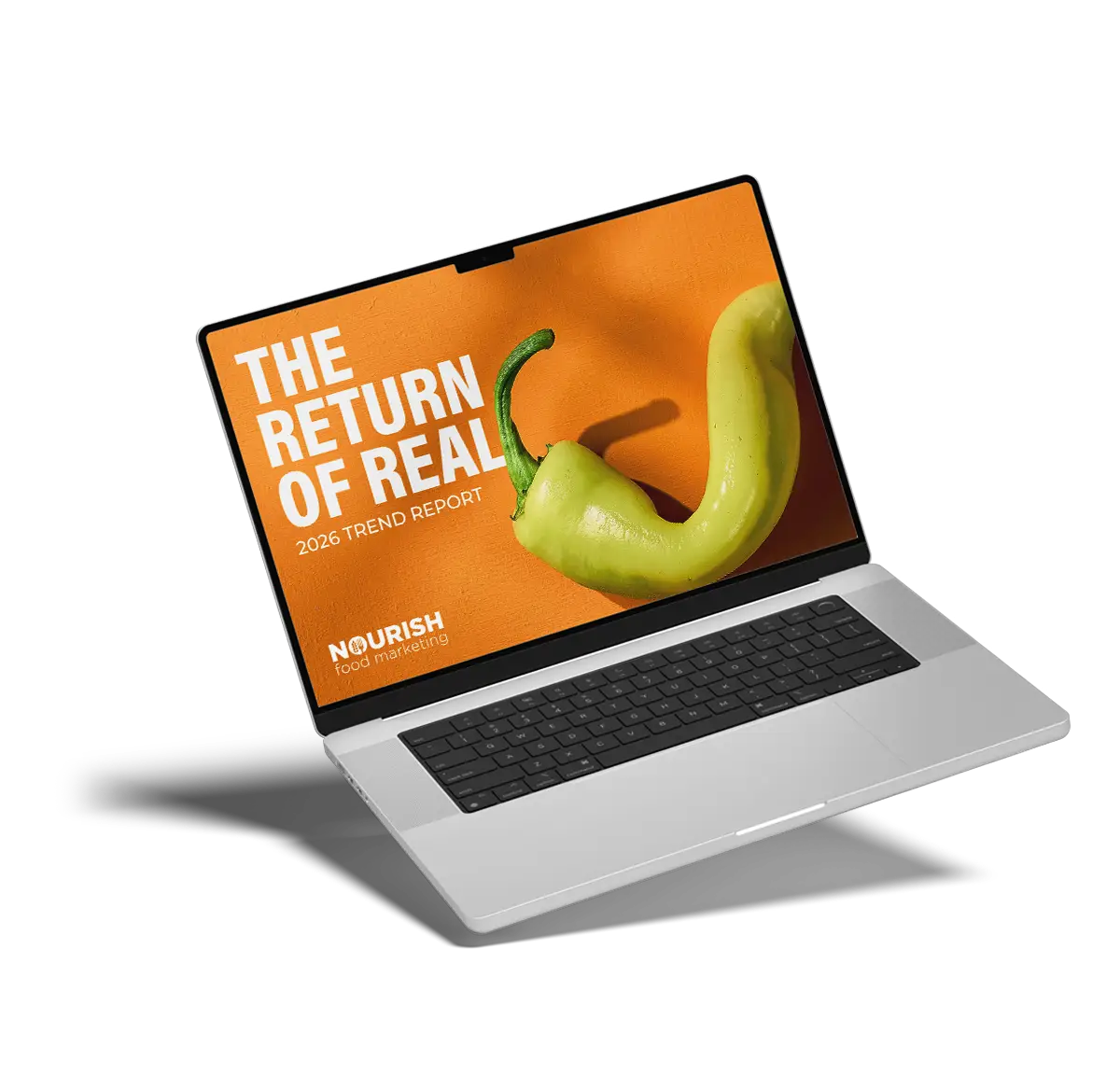Food waste is definitely a ‘thing’ — a recent U.N. study found that the average Canadian wastes 79 kilograms of food per year. And we may be wasting 13.5% more food at home since the start of the pandemic.
An article by Reynold Bergen in Country Guide notes that food loss and waste are not limited to unwanted leftovers in your fridge, produce discarded from grocery store shelves, or unwanted meals disposed of from restaurants. They are more broadly and correctly defined as any crop or livestock product that doesn’t directly reach a human mouth. By this definition, it’s clear that food loss and waste occur well before the grocery store; primary production, storage, transportation and processing are all sources of food waste and loss.
So what exactly is going on with food and feed waste at the farm level? As we all know, farmers are amongst the savviest and most frugal business people on the planet. They are also the Earth’s first and most ardent environmentalists, recognizing that every action they take affects not only this year’s crop or this week’s load of hogs but also their ability to farm into the future successfully.
These smart, thrifty, and environmentally-conscious farmers are doing innovative and, in some cases, strange things to help manage waste on the farm. Using the broader definition of food waste postulated by Mr. Bergen, here are just a few of the remarkable ways farmers reduce waste and make better use of our planet’s finite resources.
Cattle Love Skittles – It’s True!
In 2017, a truck lost its load of red Skittles in the rain on a country road in Wisconsin. Hundreds of thousands of the sweet treats spilled on the roadway, but what was most surprising was the Skittles’ intended destination: a local dairy operation, where they were to be used as feed.
Turns out the dairy producer routinely procured Skittles that did not make the grade for commercial sale for use in his dairy rations. The substandard candy, which would otherwise have ended up in a local landfill, provides a cost-effective source of sugar which is used as energy to break down bacteria, fibre, and protein found in a mixed ration.

Beyond Skittles, dairy and beef producers will often purchase food by-products or off-spec foodstuffs for use in feed rations. The type of by-product depends on what’s available locally at any given time of year and what nutritional value it can add to the ration. I remember my dad obtaining pumpkins and sweet peas that didn’t meet the quality standards required for human use from local cannery Stokely-Van Camp. These were loaded into a pit silo, covered with plastic and fed to our herd over the course of the year.
All in all, food waste or substandard produce that ends up in a cattle feast rather than a landfill is a win all around.
If you want to learn more about Skittles-eating dairy cows, check out this link: https://www.facebook.com/HeartwoodFarm.info/videos/10154891230272789
Livestock Doing their Part for the Planet
An ongoing study by Dr. Kim Ominski and collaborators from the Universities of Manitoba and Lethbridge and Agriculture Canada examines ways that livestock may actually be helping to reduce food loss and waste. Cattle, for example, have some unique advantages that allow them to help deal with by-products that might otherwise go to waste. Because of the unique structure of their digestive system, cattle and other ruminants can consume high fibre feedstuffs such as distiller’s grains (a by-product of the alcohol-making process) and oat, soybean, and sunflower hulls that have no commercial value, and cannot be effectively digested by other species such as hogs or chickens.
Because they can effectively digest these high-fibre by-products, cattle can consume up to 50 per cent distillers grains in their diet, much more than pigs (15 per cent) or chickens (10 per cent). The net result: waste grains end up on your barbeque, as opposed to the local landfill.

Rescuing “Lost” Crops in the Field
A final and highly significant source of farm-level food waste is unharvested crops. Each spring, farmers plant their crops with hopes of a bountiful harvest. But nature has a funny way of intervening. Thousands of hectares of crops go to waste every year for many reasons: untimely weather that disrupts the harvest, insect or disease damage that makes crops unviable, or simple economics — at times, drops in market prices or shortages of labour can make it more cost-effective to leave the crop in the field, burn it off or plow it under, rather than proceed with the harvest.
Part of the solution to this chronic problem comes from groups like US-based Farm to Pantry, which claims to have ‘rescued’ over 200,000 pounds of produce last year. It does this through the use of volunteer gleaners, who harvest this ‘lost produce’ by hand and deliver it to recipients like homeless shelters and food banks.
Canada’s Second Harvest runs a broader program, rescuing fresh food from the field all the way through to retail. The group, which claims that 58% of all food produced in Canada is either wasted or lost, has rescued over 177 million pounds of healthy food over the past 35 years, keeping it out of landfills and preventing unnecessary greenhouse gases from entering the atmosphere.
The Bottom Line
From red Skittles on the highway to sunflower husks to cantaloupes rescued from flooded fields, Canada’s agriculture sector plays a vital role in mitigating food waste and loss from the farm gate forward. While food waste is generally associated with grocery stores and restaurants, it’s clear that primary agriculture has a critical part to play too. And whether it’s for economic or environmental reasons, Canadian farmers are stepping up!
